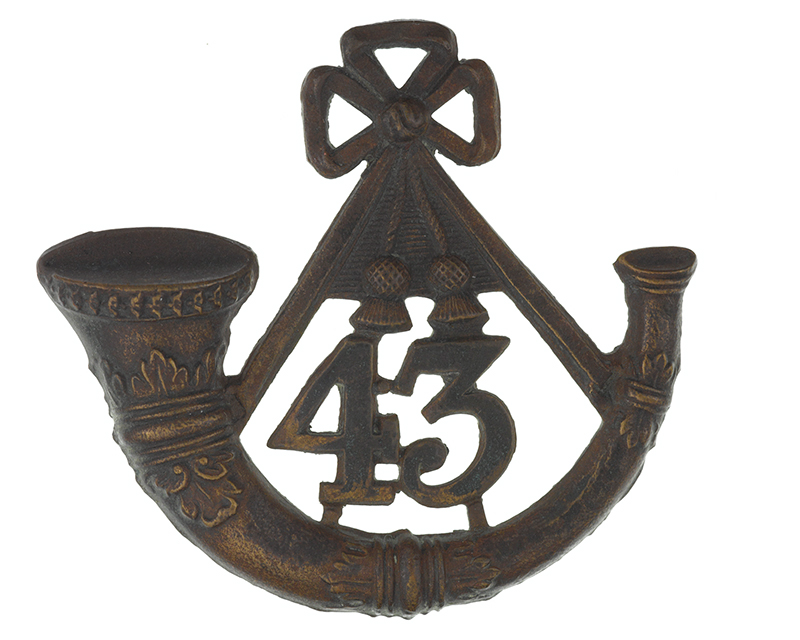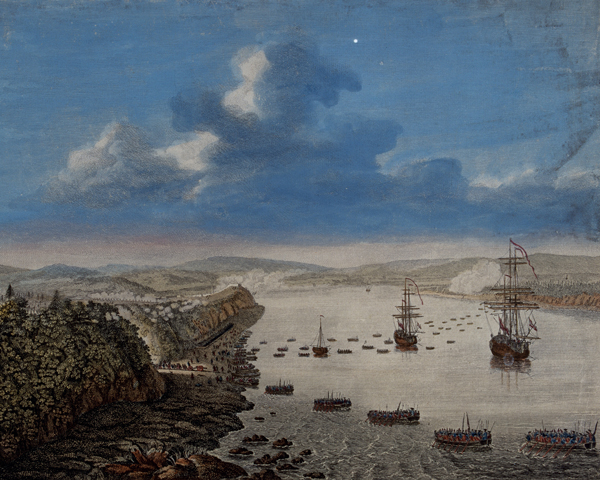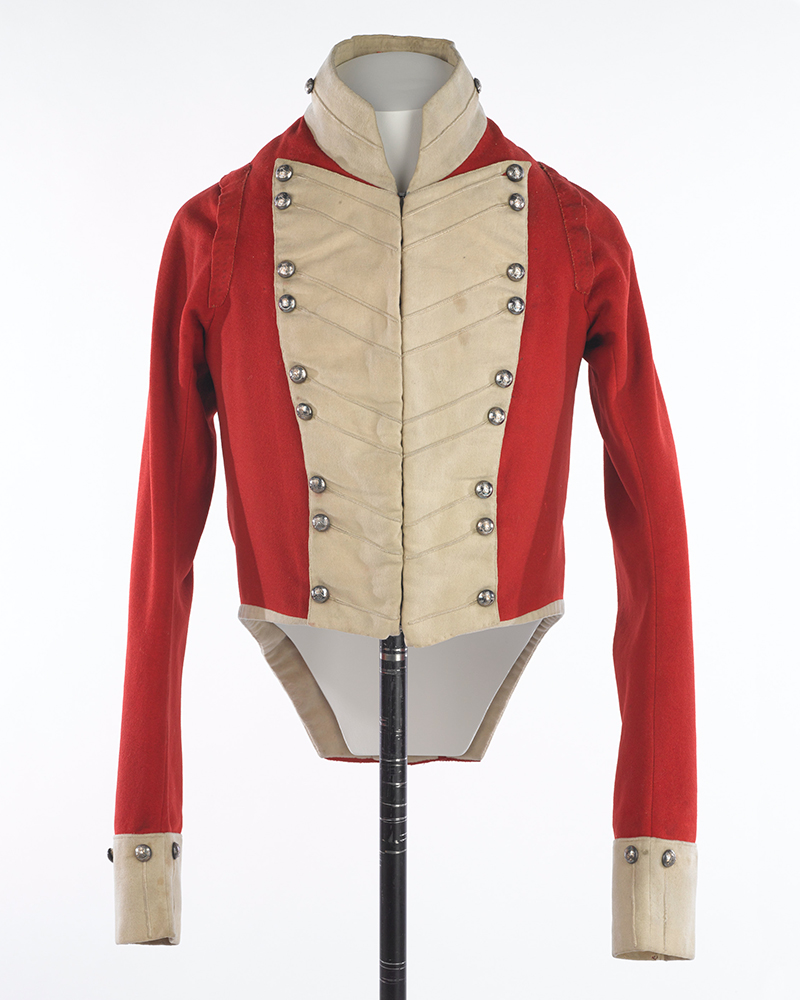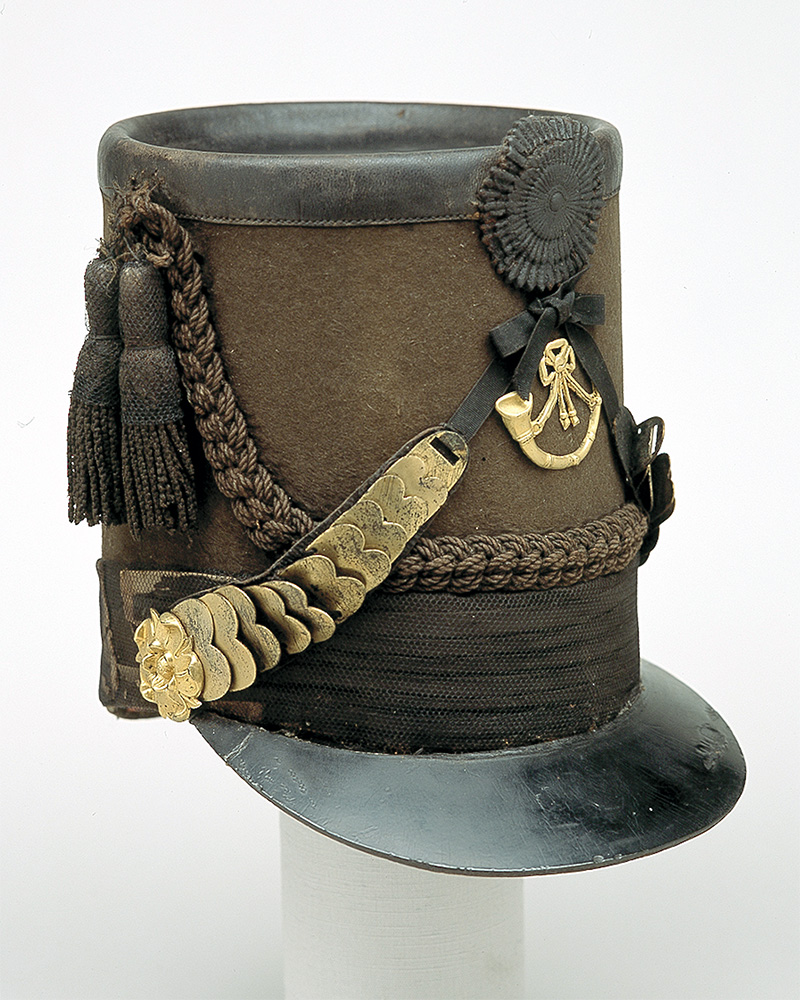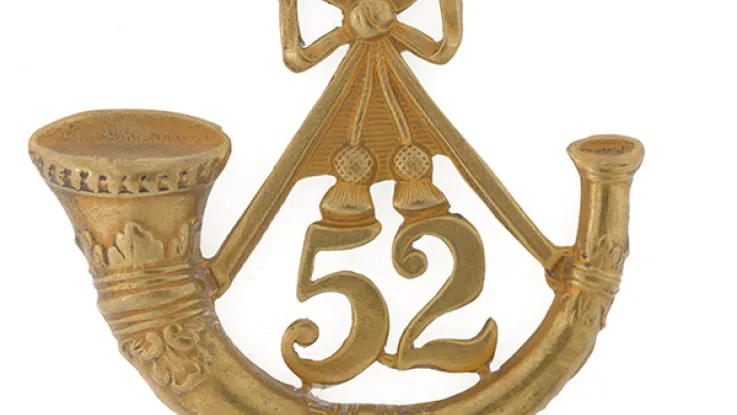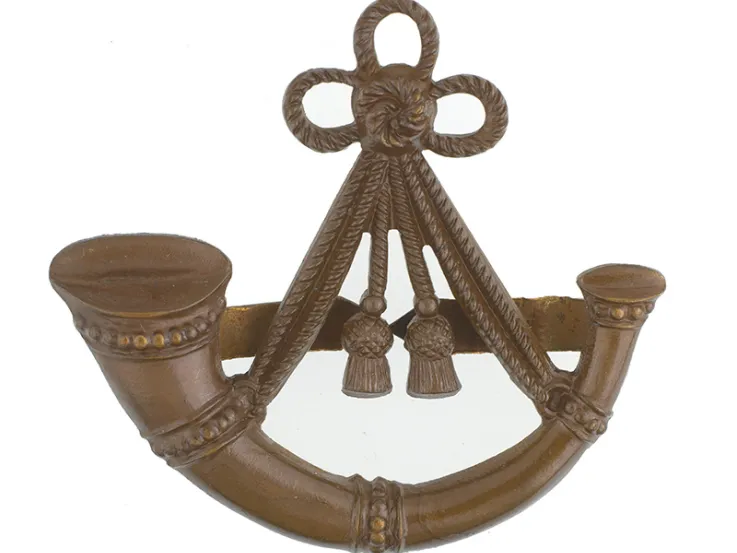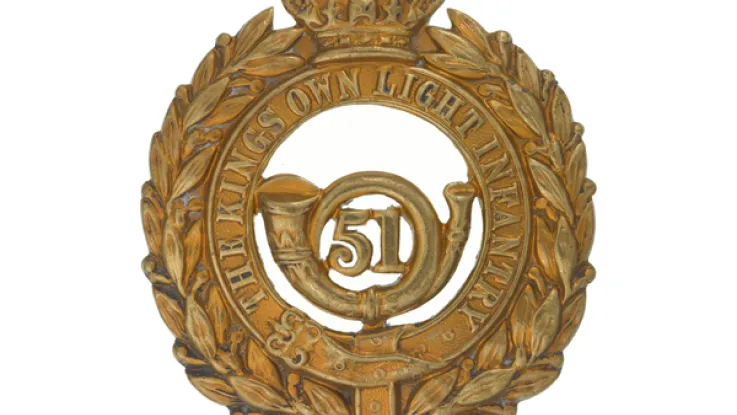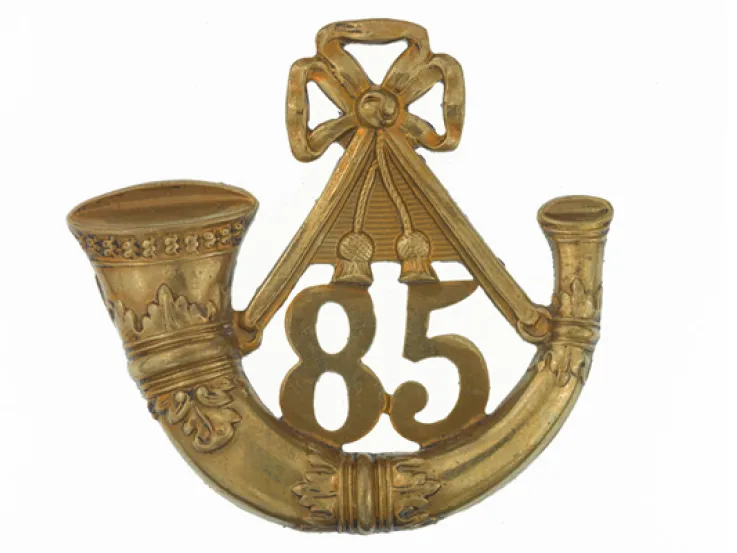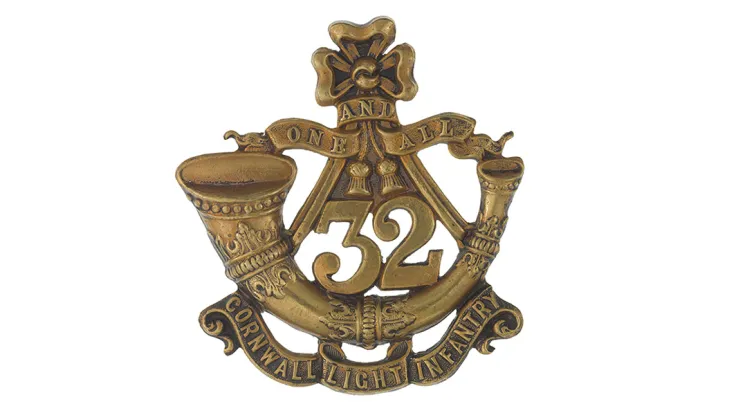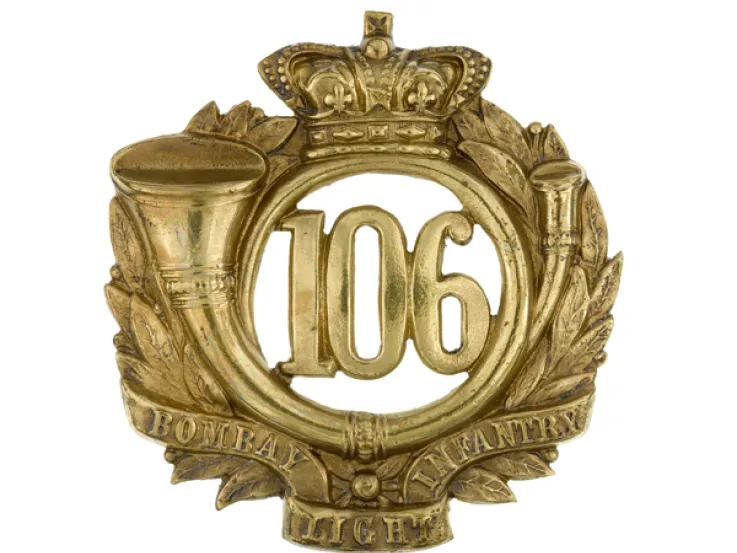Explore more from Regiments and Corps
43rd (Monmouthshire Light Infantry) Regiment of Foot
4 minute read
Origins
In March 1741, a new infantry regiment was raised by Thomas Fowke, later Governor of Gibraltar, during the early stages of the War of the Austrian Succession (1740-48).
The new unit was immediately sent to garrison the British colony of Minorca, where it remained for six years.
Early deployments
It moved to Ireland in 1748. During its time there, in 1751, it was granted the numeral 43 in the line infantry order of precedence, having previously been ranked 54th.
The regiment was posted to Canada in 1757 to serve in the Seven Years War (1756-63). Two years later, it was involved in General Wolfe’s capture of Quebec. It then moved to the West Indies in 1761, fighting at Martinique, St Lucia and Havana before returning to Britain in 1764.
Revolutionary Wars
In 1774, the 43rd Foot was posted to Boston, meaning it was already in theatre on the outbreak of the American War of Independence (1775-83). Following several engagements, including Lexington and Bunker Hill, it was captured at Yorktown in October 1781 and interned for the rest of the conflict.
On its release, it returned to Britain, gaining its county association with Monmouthshire in 1782. It remained on home service until the outbreak of the French Revolutionary Wars (1793-1802), when it was sent back to the West Indies. Its next posting was to the Channel Islands from 1801.
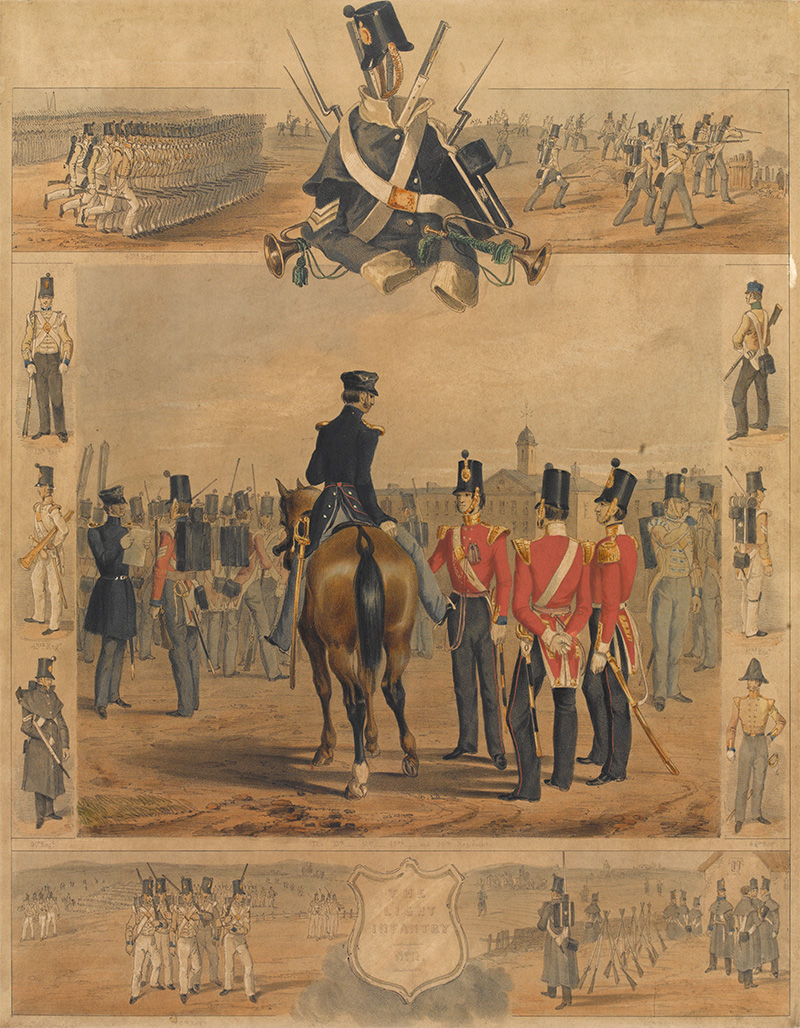
'The Light Infantry', 1846
Light infantry
In 1804, the regiment raised a 2nd Battalion. That same year, 1st Battalion moved to Shorncliffe near Folkestone in Kent to become part of the first British brigade of light infantry, trained by General Sir John Moore.
It was during this time in Shorncliffe that the future general and military historian William Napier – younger brother of General Sir Charles Napier - took up a captaincy with the regiment.
Napoleonic Wars
In 1807, 1st Battalion sailed for Denmark for its first service in its new role. A year later, both battalions deployed to the Peninsular War (1808-14), where the regiment was involved in the evacuation from Corunna in 1809.
1st Battalion continued to serve in the Peninsula until 1814, fighting at Sabugal and Salamanca. Meanwhile, 2nd Battalion was sent on the Walcheren Expedition (1809), but otherwise remained in England until its disbandment in 1817.
In 1814, 1st Battalion sailed for North America, fighting at New Orleans during the War of 1812 (1812-15). It was summoned back to Europe on Napoleon’s escape from Elba, but arrived in Belgium too late to take part at Waterloo (1815).
Victorian period
The 43rd Foot spent much of the 1820s in Gibraltar and Portugal, before returning to Canada for 12 years in 1834.
In 1851, it was sent to fight in the Eighth Cape Frontier War (1850-53). Some of its new recruits were aboard HMT ‘Birkenhead’ when it sank off the South African coast in February 1852.
The regiment moved on to India for ten years in 1853 and fought against the Indian Mutiny (1857-59). Next, it was deployed to the Maori War in New Zealand, before spending some time back in Britain from 1866.
Legacy
In 1872, it was sent on its second Indian posting, moving on to Burma in 1879. It was still there in 1881 when it was merged with another light infantry unit, the 52nd (Oxfordshire) Regiment of Foot (Light Infantry), to form The Oxfordshire Light Infantry.
Regimental museums
The National Army Museum works with a network of Regimental and Corps Museums across the UK to help preserve and share the history and traditions of the Army and its soldiers.
Discover more about the 43rd (Monmouthshire Light Infantry) Regiment of Foot by visiting the Soldiers of Oxfordshire Museum in Woodstock.


